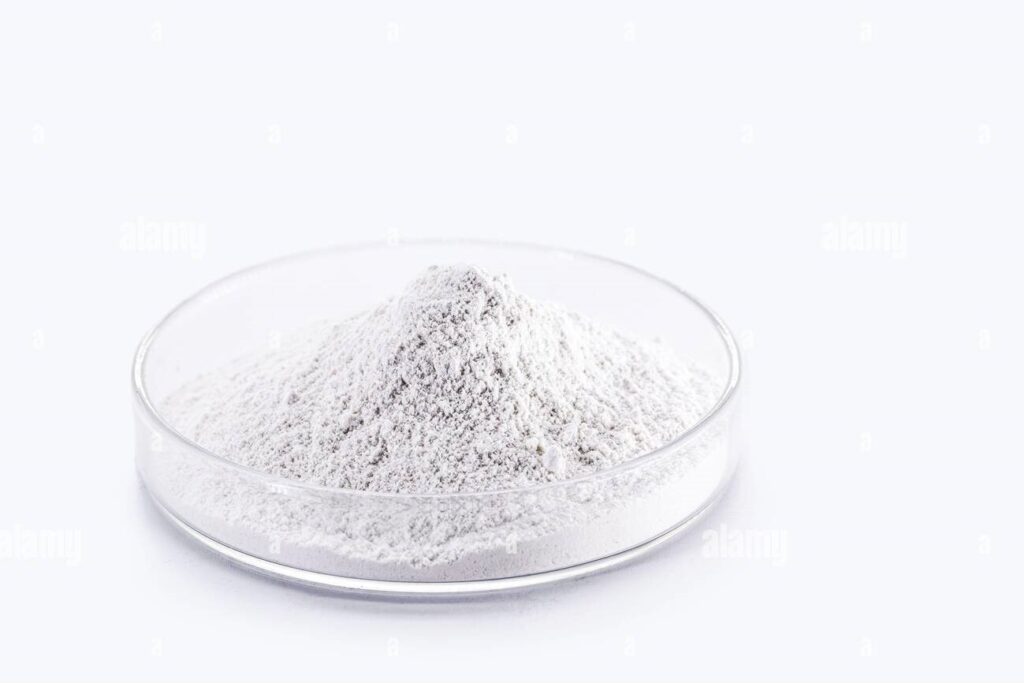
Yellow phosphorus, also known as white phosphorus, is a highly reactive and toxic substance that is typically used for industrial purposes, such as in the production of chemicals and munitions. It is not commonly used as a fertilizer due to its hazardous nature. Yellow phosphorus is extremely flammable and can ignite upon exposure to air. Additionally, it can be toxic to plants, animals, and humans.
If you are looking to use phosphorus as a fertilizer, it’s important to consider using safer and more suitable forms of phosphorus compounds, such as phosphate rock, phosphoric acid, or various phosphate fertilizers. These forms of phosphorus are carefully processed and formulated to provide essential nutrients to plants without posing significant safety or environmental risks.
When using phosphorus-based fertilizers, it’s important to follow best practices for fertilization:
1. **Soil Testing**: Before applying any fertilizer, conduct a soil test to determine the nutrient levels and pH of your soil. This will help you tailor your fertilizer application to the specific needs of your plants.
2. **Application Rates**: Follow recommended application rates based on the specific type of fertilizer you are using and the needs of the plants you are growing. Over-application can lead to nutrient imbalances and environmental pollution.
3. **Application Timing**: Apply fertilizers at the right time for the type of plants you are growing. Different plants have different nutrient requirements at various growth stages.
4. **Incorporation**: Incorporate the fertilizer into the soil to prevent nutrient runoff and ensure that the plants can access the nutrients effectively.
5. **Environmental Considerations**: Be mindful of local environmental regulations and guidelines regarding fertilizer use to avoid water contamination and other environmental issues.
6. **Balanced Fertilization**: Fertilizers typically contain a combination of nitrogen (N), phosphorus (P), and potassium (K), along with other micronutrients. It’s important to maintain a balanced nutrient profile to promote healthy plant growth.
In summary, yellow phosphorus is not suitable for use as a fertilizer due to its hazardous nature. If you’re interested in fertilizing plants, consider using safer and more appropriate forms of phosphorus-based fertilizers that are designed to support plant growth without posing risks to human health or the environment. Always follow recommended guidelines and best practices for fertilization to ensure successful and responsible plant care.
